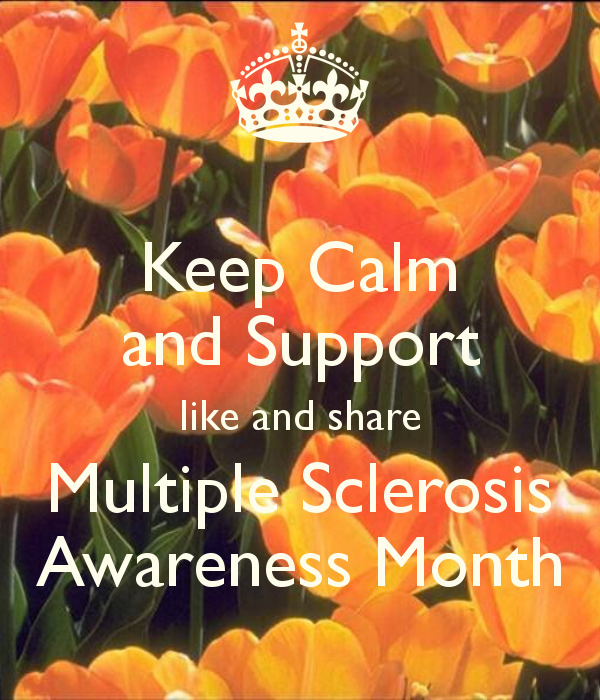
A University of Michigan-led study of commonly used treatments for people with multiple sclerosis finds that medical and behavioural interventions, and a combination of the two, result in meaningful improvements in fatigue.
The randomized clinical trial compared the effectiveness of modafinil, a wake-promoting medication used to treat sleepiness in people with sleep disorders, and cognitive behavioural therapy, or CBT, in reducing fatigue for over 300 adults with multiple sclerosis whose symptoms interfered with their daily activities.
Overall, investigators found that treatment with either modafinil or CBT alone, delivered over the phone, significantly reduced fatigue over 12 weeks.
A combination of both treatments, as did each therapy, also worked, but it did not result in better fatigue scores than the independent interventions.
“Fatigue is one of the most common and debilitating symptoms of multiple sclerosis, yet there is still uncertainty about how available treatments should be used or how medication-based treatments compare to behavioural treatments in the real world,” said first author Tiffany J. Braley, M.D., M.S., director of the Multiple Sclerosis/Neuroimmunology Division and co-founder of the Multidisciplinary MS Fatigue and Sleep Clinic at University of Michigan Health.
“This research offers new evidence to show that both CBT and modafinil are comparably effective for MS fatigue, which could shape treatment approaches to one of the most challenging symptoms experienced by people with multiple sclerosis.”
Of nearly 3 million people with multiple sclerosis worldwide, up to 90% experience fatigue. Nearly half describe it as their most disabling and impactful symptom.
The research used a real-world approach that more closely resembled clinical practice than traditional clinical trials. It included stakeholders with MS who helped design the study.
More than 60% of participants in each study group reported clinically meaningful improvement in fatigue, which was measured using the Modified Fatigue Impact Scale.
“These treatments, individually and as a combination, should be considered as potential options for people with multiple sclerosis with chronic, problematic fatigue,” said senior author Anna L. Kratz, PhD, professor of physical medicine and rehabilitation at U-M Medical School.
Collaborators at a secondary study site, the University of Washington, contributed to this pragmatic trial.
“This study focused intently on patient-centred outcomes, and our findings highlight the importance of shared decision-making about treatment selection, considering patient characteristics and broader treatment goals,” Braley said.
Trial participants who received only CBT maintained lower fatigue scores at an additional follow-up appointment 12 weeks after the study treatments ended.
CBT has shown robust and durable effects on fatigue in previous research.
“While many people with multiple sclerosis have limited access to behavioural health care like CBT, offering the treatment through telehealth can help reach more patients,” Kratz said.
“Our study shows that CBT is a feasible treatment that teaches fatigue management skills that can be employed indefinitely, with enduring benefits that last well beyond the treatment period.”
Although the three treatment assignments worked similarly well overall, participants’ sleep habits, or “sleep hygiene”, affected how well the treatment worked for fatigue.
Those with poor sleep hygiene tended to have better fatigue outcomes with CBT, and participants with excellent sleep hygiene showed better fatigue outcomes with modafinil.
“Using wake-promoting medications such as modafinil could worsen sleep quality in patients whose sleep problems are behavioral,” Braley said.
“As sleep disturbances also contribute to fatigue in people with MS, it is important to avoid selecting fatigue treatments that could worsen sleep. Behavioural treatments such as CBT that include sleep education may be preferable for people with MS who have poor sleep habits.”

